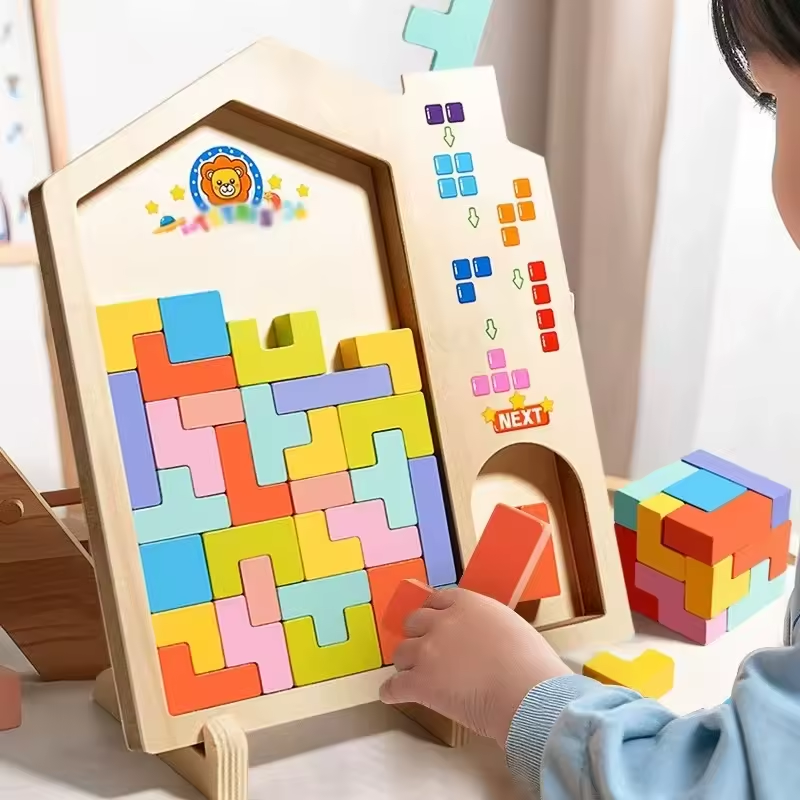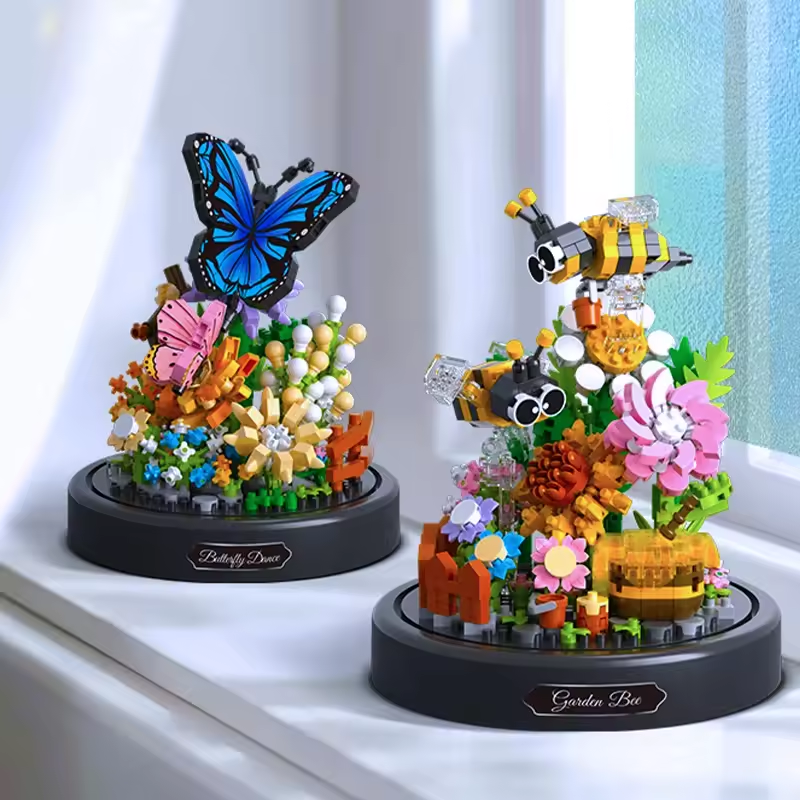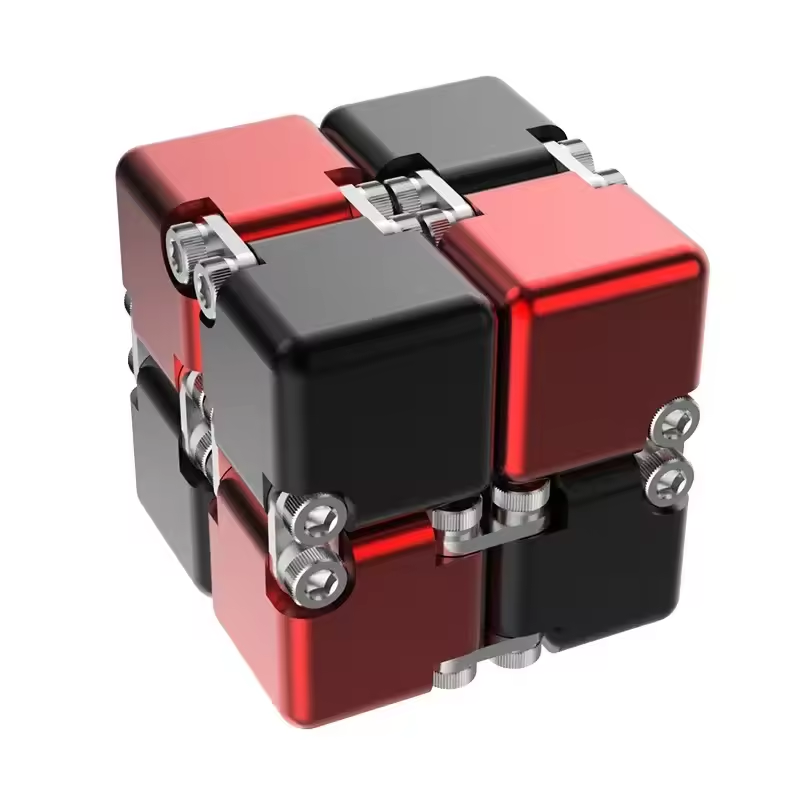Part 1: Choosing the Right Materials
When it comes to creating eco-friendly toys, the materials you use are crucial. Here are two key points to consider when choosing materials for your green playtime projects:
1. Opt for sustainable and renewable materials:
When creating eco-friendly toys, the selection of sustainable and renewable materials is crucial. Opting for materials that can be replenished at a rate equal to or faster than they are consumed is essential. This includes utilizing resources such as bamboo, cork, organic cotton, and responsibly harvested wood. By incorporating these materials into toy making, we can minimize the environmental impact of production while contributing to the conservation of natural resources. Bamboo, for instance, is a fast-growing and renewable resource that can be used to create durable and eco-friendly toys. Cork is another sustainable material known for its renewability and biodegradability.

Additionally, organic cotton is produced using methods and materials that have a lower impact on the environment compared to conventional cotton, making it a favorable choice for eco-conscious toy making. Prioritizing these sustainable materials not only reduces the ecological footprint of toy production but also aligns with ethical and environmental considerations, ultimately contributing to the preservation of the planet’s natural resources.
2. Avoid harmful chemicals and toxins:
When creating eco-friendly toys, it’s crucial to consider the potential health and environmental impact of the materials used. Many conventional toys contain plastics and other materials that may harbor harmful chemicals and toxins. As such, it’s important to avoid these substances and choose non-toxic, eco-friendly alternatives. Look for materials that are free from PVC, BPA, phthalates, and other harmful substances to ensure that your toys are safe for children and gentle on the environment. Opting for natural, non-toxic materials such as organic cotton, sustainably sourced wood, and water-based paints can help mitigate potential health risks and reduce environmental harm. By prioritizing non-toxic components in the production of eco-friendly toys, we can provide children with safer play options while also promoting sustainability and eco-conscious choices. This proactive approach aligns with a commitment to both child safety and environmental well-being, ensuring that eco-friendly toys contribute to a healthier, greener future.
Part 2: Upcycling and Repurposing
Another key aspect of creating eco-friendly toys is upcycling and repurposing materials to give them a second life. Here are two points to keep in mind when upcycling and repurposing materials for your green playtime projects:
1. Get creative with household items:
When making eco-friendly toys, look for opportunities to repurpose household items and materials. For example, cardboard boxes can be transformed into imaginative playhouses, old fabric scraps can be used to create colorful dolls and teddy bears, and plastic bottles can be upcycled into musical instruments. By thinking outside the box and giving new life to items that would otherwise be discarded, you can reduce waste and create unique, eco-friendly toys.
2. Embrace the beauty of imperfection:
Incorporating upcycled and repurposed materials into eco-friendly toy making often means working with imperfect or irregular shapes and textures. Rather than viewing these characteristics as limitations, embracing the beauty of imperfection can inspire a more creative approach to the process. The unique qualities of repurposed materials, whether it’s using mismatched buttons for a sensory board or incorporating different textures into a tactile toy, add charm and character to eco-friendly toys. These irregularities provide opportunities for creativity and innovation, encouraging a more imaginative use of materials.
By celebrating the individuality of upcycled components, each toy becomes a one-of-a-kind creation, instilled with a sense of history and uniqueness. Embracing imperfection not only adds to the aesthetic appeal of eco-friendly toys but also reinforces the value of sustainability and resourcefulness. Ultimately, integrating irregular shapes and textures into toy making enriches the creative process, resulting in eco-friendly toys that are both distinctive and environmentally conscious.

Part 3: Minimizing Waste
In addition to choosing the right materials and upcycling and repurposing, minimizing waste is another important aspect of creating eco-friendly toys. Here are two points to consider when minimizing waste in your toy making process:
1. Practice mindful consumption:
When sourcing materials for eco-friendly toys, it’s crucial to consider the environmental impact of the products you purchase. Seeking out suppliers that prioritize sustainability and ethical production can ensure that the materials used in toy-making align with eco-conscious principles. Additionally, opting to buy materials in bulk can minimize packaging waste and reduce the environmental footprint of toy production. By making thoughtful decisions about sourcing, we can minimize the overall waste generated by toy making projects. Selecting materials that are recyclable, biodegradable, or made from renewable resources can also contribute to a more sustainable approach to eco-friendly toy production. This conscientious effort not only lessens the environmental burden but also supports responsible consumption and ethical sourcing practices. Ultimately, practicing mindful consumption and being selective about material sourcing can lead to the creation of eco-friendly toys that are both environmentally responsible and ethically sound.
2. Embrace the principles of reduce, reuse, and recycle:
The principles of reduce, reuse, and recycle are fundamental to minimizing waste in toy making. Whether it’s designing toys with fewer components to minimize material usage, incorporating parts from old toys into new creations, or recycling materials at the end of their lifespan, embracing these principles can help you create eco-friendly toys that leave a minimal environmental footprint.
Part 4: Educating and Inspiring
Finally, creating eco-friendly toys is an opportunity to educate and inspire others about the importance of sustainability and environmental stewardship. Here are two key points to keep in mind when using your green playtime projects to educate and inspire:

When presenting eco-friendly toys to children and adults, it’s a valuable opportunity to share the story behind your creations. Discussing the sustainable materials used, the process of upcycling and repurposing, or the principles of waste minimization that guided your toy making can offer insight into the environmental considerations involved. Sharing this information not only educates others about the eco-friendly aspects of the toys but also inspires them to think more critically about the environmental impact of the products they use. By showcasing the sustainable and ethical practices employed in toy making, you can foster a greater awareness of eco-friendly principles and encourage a more mindful approach to consumption. Additionally, highlighting the eco-friendly features of your creations can serve as a catalyst for conversations about sustainability, encouraging others to consider the environmental implications of their purchasing choices.
2. Encourage creativity and innovation:
By showcasing the creativity and innovation that goes into making eco-friendly toys, you can inspire others to think outside the box and explore new ways of incorporating sustainability into their own projects. Whether it’s hosting workshops to teach others how to make their own eco-friendly toys or collaborating with local schools and community organizations to promote green playtime initiatives, there are countless opportunities to encourage others to embrace eco-friendly practices in their own toy making endeavors.
In conclusion, creating eco-friendly toys is an opportunity to prioritize sustainability, creativity, and environmental responsibility. By choosing the right materials, upcycling and repurposing, minimizing waste, and educating and inspiring others, you can make a meaningful contribution to a greener, more eco-conscious future. Whether you’re a parent, educator, or craft enthusiast, green playtime offers a world of possibilities for fostering creative play and promoting environmental stewardship.





